JewelryLover
Shiny_Rock
- Joined
- Oct 16, 2012
- Messages
- 173
Chrono|1350782984|3289384 said:JL,
Indicolite is the name for a blue tourmaline, not green. With a sapphire, you might be able to get away with prongs but tourmalines are softer and less durable, chipping easily. The risk of damaging a prong set tourmaline pear tip is very high, especially in bigger sizes.
I'm fully aware of that, my Tourmaline has better glow even if the Indicolite are blue. It's not as good as Chrome, but located somewhere inbetween that and Indicolite. I think it might be because of its texture, it's not as Chrome and not as Indicolite as it looks different (I'm not talking inclusions).
If you keep attention to this picture (easiest to see in this one) it's almost a tiny bit tinted mint Blue in the deepest part of the tourmaline (still it's not a regular Blue-Green tourmaline). I have also attached another picture of a rough Elbaite Green Tourmaline just to show how the color are located (the rough crystal is not mine), the red triangle is only indicating how the pear are cut and how the bluish are located. The price of the raw crystal is $3000, carats are not mentioned but the size is 6.4 x 3.4 x 1.6 cm (centimeter). http://newtest.minclassics.com/worldwidemix808.php?cur=ausd
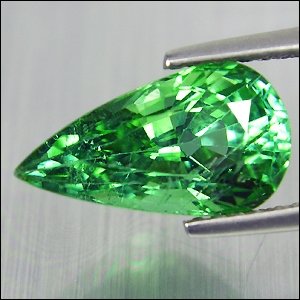
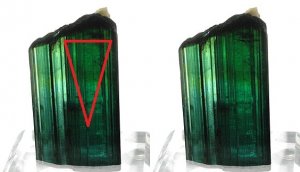

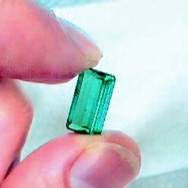
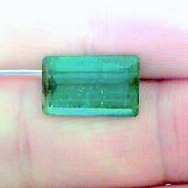
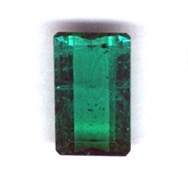
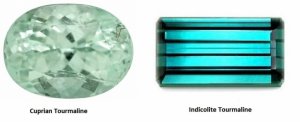
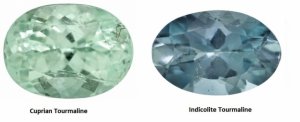


300x240.png)